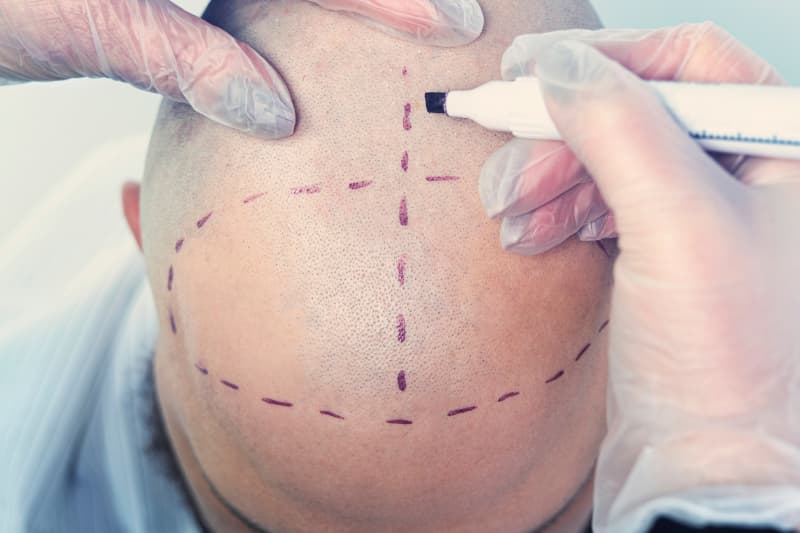تحقيق الجودة في الصحة والجمال!


In the quest for lush, natural-looking hair, many individuals turn to hair transplant procedures. While the results can be life-changing, it’s crucial to understand the risks associated with this cosmetic surgery. In this article, we will delve into the potential drawbacks of hair transplant procedures, shedding light on what you should know before going under the knife.
Before we explore the risks, let’s first understand what a hair transplant entails. This surgical procedure involves taking hair follicles from one part of your body (usually the back of your head) and implanting them into areas with thinning or no hair. The ultimate goal is to achieve a fuller, more natural head of hair.
While the benefits of hair transplants are clear, it’s essential to consider the potential risks that come with the procedure.
In any surgical procedure, the risk of infection is a significant concern. Hair transplant surgery is no exception. Infection can occur at the donor or recipient sites, leading to complications.
Scarring is an inevitable consequence of hair transplant surgery. While modern techniques aim to minimize visible scarring, there is no way to avoid it completely. The extent of scarring varies from person to person.
Bleeding during and after the procedure is not uncommon. While surgeons take precautions to control bleeding, it’s still a potential risk.
Some individuals may experience allergic reactions to medications or anesthesia used during the surgery. This can lead to discomfort and complications.
Despite the goal of achieving a natural appearance, some individuals may end up with an unnatural or “pluggy” look after a hair transplant. This is often due to poor surgical technique.
After the procedure, it’s common for the newly transplanted hair to fall out. While this is typically temporary, it can be distressing for some patients.
Pain and discomfort are normal after a hair transplant. However, the level of pain can vary, and some individuals may find it more challenging to manage.
Hair transplant surgery can be costly, and it’s not always covered by insurance. Financial considerations are a significant risk for many individuals.
Before considering a hair transplant, it’s essential to weigh the potential risks against the benefits. Consulting with a qualified surgeon is crucial, as they can assess your suitability for the procedure and discuss the best approach to achieve your desired results.
Remember, while hair transplant surgery offers the promise of a fuller head of hair, it’s not without its risks. By understanding and acknowledging these potential drawbacks, you can make an informed decision about whether it’s the right choice for you.
Unlocking the Marvels of PRP Hair Treatment - Aesthecenter Find Best Clinic for You
October 31, 2023 at 11:21 am[…] 2. Safe and Non-Invasive […]